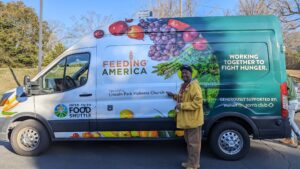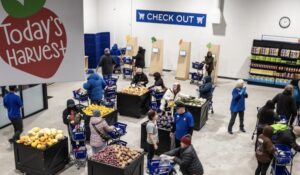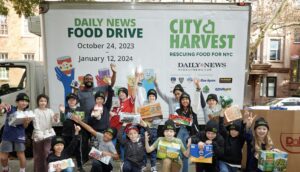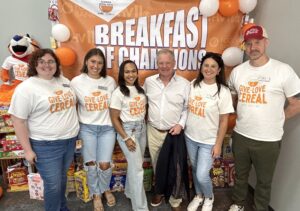Food banks have plenty of experience accepting donated food that arrives in a jumble, or is close to expiring, or is not so healthy. Now it’s becoming easier to get highly desirable food that is convenient, nutritious, and even arrives at the warehouse in an organized manner.
Technology firms specializing in food recovery are making it all possible. These firms reduce greenhouse gases by converting wasted food into renewable energy, and in the process, send edible food along to food banks.
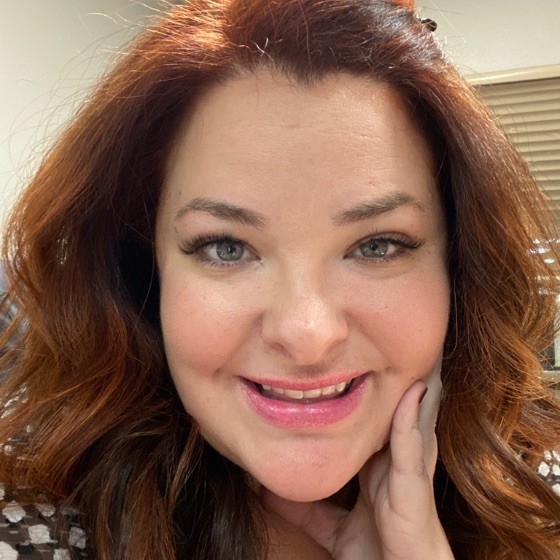
Central California Food Bank’s work with Divert Inc. is emblematic of the types of relationships that are leading to new food-sourcing possibilities. When the Fresno, Calif.-based food bank began working with Divert in 2018, it didn’t know what to expect. “But we knew we got some really great product,” said Jaclyn Pack, Director of Food Acquisitions. “And the product that was coming in was product that we could never get our hands on.”
An important part of Divert’s approach is to make it as easy as possible for retailers like grocers and drug stores to donate food. Often it’s a matter of analyzing and automating back-end processes so that donating food becomes the default decision – even easier than tossing it. “We want to make sure that whatever technology we implement, it supports their workflow and gets rid of that human aspect as much as possible about that decision-making,” said Ben Kuethe, Vice President of Customer Solutions & Success at Divert.
Since 2018, Divert has sent close to eight million pounds of food to Central California Food Bank. A lot of that comes through a relationship Divert has with CVS drug stores all along the West Coast, which send 400 large bins of food a week to the food bank and one of its partner organizations. A bin might contain up to 100 pounds of cereal boxes, or 800 to 900 pounds of canned food, for example.
Divert’s customer is the retailer, which benefits by keeping food waste from the landfill, lowering its trash hauling costs. By converting potentially wasted food to either donated product or renewable energy, Divert also helps the retailer meet its environmental, social and governance (ESG) goals. In certain states, such as California and New York, the practices can also help companies address new regulations governing food waste (more on that here.)
Food banks are the beneficiaries. The shelf-stable food that Central California Food Bank gets from CVS, which includes granola bars, snacks, cereal, nuts and water, is quickly depleted by agency partners. “We can’t keep it in stock,” Pack said.
Soon, the products will be funneled to a free grocery store that the food bank plans to open in June. The First Fruit Market, part of a larger facility that will bring together about 20 different social service organizations, will help Central California Food Bank make the most of the donated CVS products. “We’ll be able to get a good mix of product without having to buy truckloads at a time,” Pack said. “It will really help bring down the cost of that important shelf-stable food.”
In another plus, Divert has been responsive to accommodating the food bank’s operational needs. Originally, the CVS products arrived at the warehouse completely mixed, requiring volunteers or staff to sort the food. Sometimes the bins even included chocolate candy bars, which not only had low demand from agency partners but often ended up melting in the warehouse heat. Now, using barcodes, scanners and other automation, Divert sorts the food in advance of delivering it to the food bank. “It’s so amazing,” Pack said.
Divert’s tailored approach fits into a larger theme of food banks becoming more proactive in building food-sourcing relationships that best suit the neighbors they are serving, said Natalie Caples, Co-CEO of Central California Food Bank. “Don’t be afraid to have a conversation about how a partnership like this can be mutually beneficial,” she said. “We food banks are not dumping grounds for product that cannot be used. That is not the product that we want to provide to our neighbors.” – Chris Costanzo
PHOTO, TOP: Central California Food Bank’s First Fruits Market, opening in June, will benefit from the highly desirable food products the food bank gets from CVS drug stores through a relationship with Divert Inc.
Like what you’re reading?
Support Food Bank News

